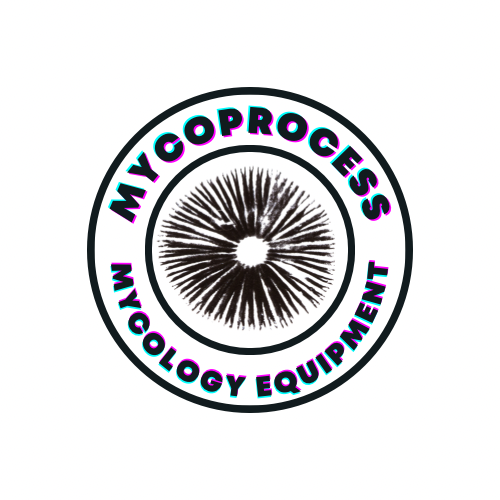What are agar plates?
Agar plates are a common tool used in microbiology laboratories to culture and grow microorganisms. They are made by mixing agar, a gelatinous substance derived from seaweed, with various nutrients and water. Agar plates provide a solid surface for microorganisms to grow on, allowing scientists to study and identify different types of bacteria, fungi, and other microbes.
Why is it important to mix agar plates properly?
Properly mixing agar plates is crucial to ensure the even distribution of nutrients and prevent the formation of clumps or air bubbles. Uneven mixing can lead to inconsistent growth of microorganisms, making it difficult to obtain accurate results. By following the steps below, you can learn how to mix and pour agar plates effectively.
Step 1: Gather the necessary materials
Before you begin, make sure you have all the required materials:
- Agar powder
- Deionized or distilled water
- Autoclave or pressure cooker
- Stirring rod or magnetic stir bar
- Flask or beaker
- Measuring cylinder or scale
- Petri dishes
Step 2: Measure the agar powder and water
Using a measuring cylinder or scale, carefully measure the appropriate amount of agar powder and water according to the instructions provided with the agar powder. The ratio of agar to water may vary depending on the specific type of agar being used.
Step 3: Mix the agar powder and water
Transfer the measured agar powder into a flask or beaker. Add the water to the flask, ensuring that the powder is completely submerged. Use a stirring rod or magnetic stir bar to mix the agar powder and water thoroughly.
Step 4: Autoclave or pressure cook the mixture
Place the flask containing the agar mixture into an autoclave or pressure cooker. Follow the manufacturer's instructions to sterilize the mixture. This step is essential to eliminate any potential contaminants that could interfere with the growth of microorganisms.
Step 5: Allow the mixture to cool
After sterilization, remove the flask from the autoclave or pressure cooker and allow the agar mixture to cool. It is important to wait until the mixture reaches a temperature that is safe to handle before proceeding to the next step.
Step 6: Pour the agar mixture into Petri dishes
Once the agar mixture has cooled, carefully pour it into sterile Petri dishes. To prevent contamination, it is crucial to work in a clean and sterile environment, such as a laminar flow hood or a biosafety cabinet. Avoid creating air bubbles while pouring the agar mixture.
Step 7: Allow the agar plates to solidify
Leave the Petri dishes undisturbed on a level surface to allow the agar to solidify completely. This process usually takes around 30 minutes to an hour, depending on the type of agar used and the ambient temperature.
Step 8: Store the agar plates
Once the agar plates have solidified, they can be stored in a refrigerator at a temperature between 2-8°C. Proper storage helps maintain the integrity of the agar and prevents the growth of unwanted microorganisms.
Conclusion
By following these steps, you can effectively mix and pour agar plates for microbiological experiments. Properly mixed agar plates provide a suitable environment for the growth and study of microorganisms, allowing scientists to further their understanding of the microbial world.
